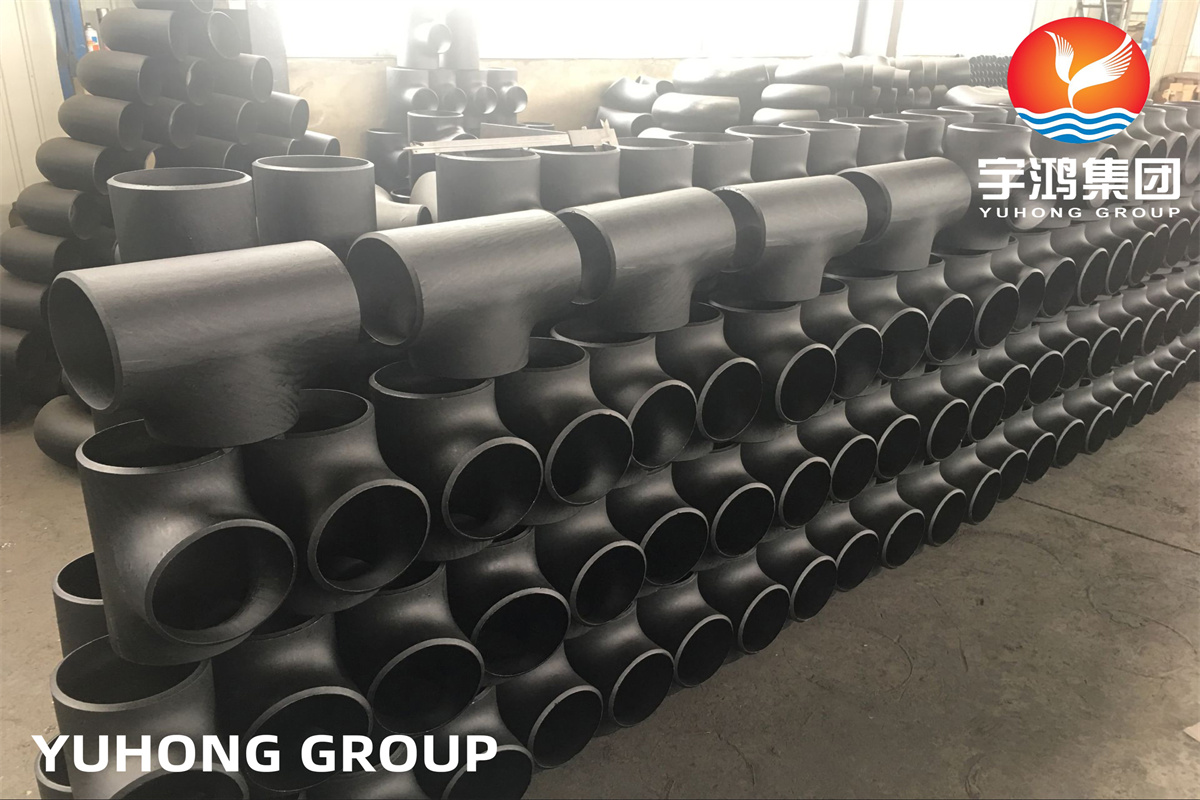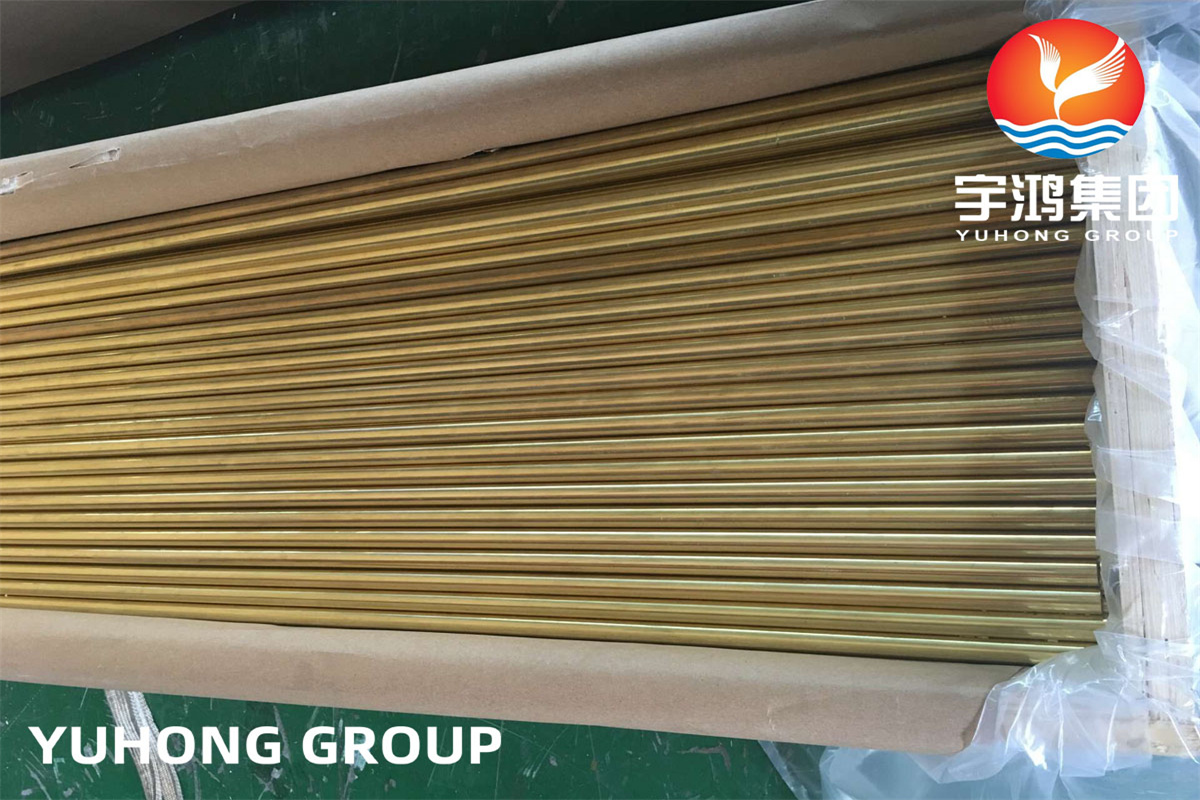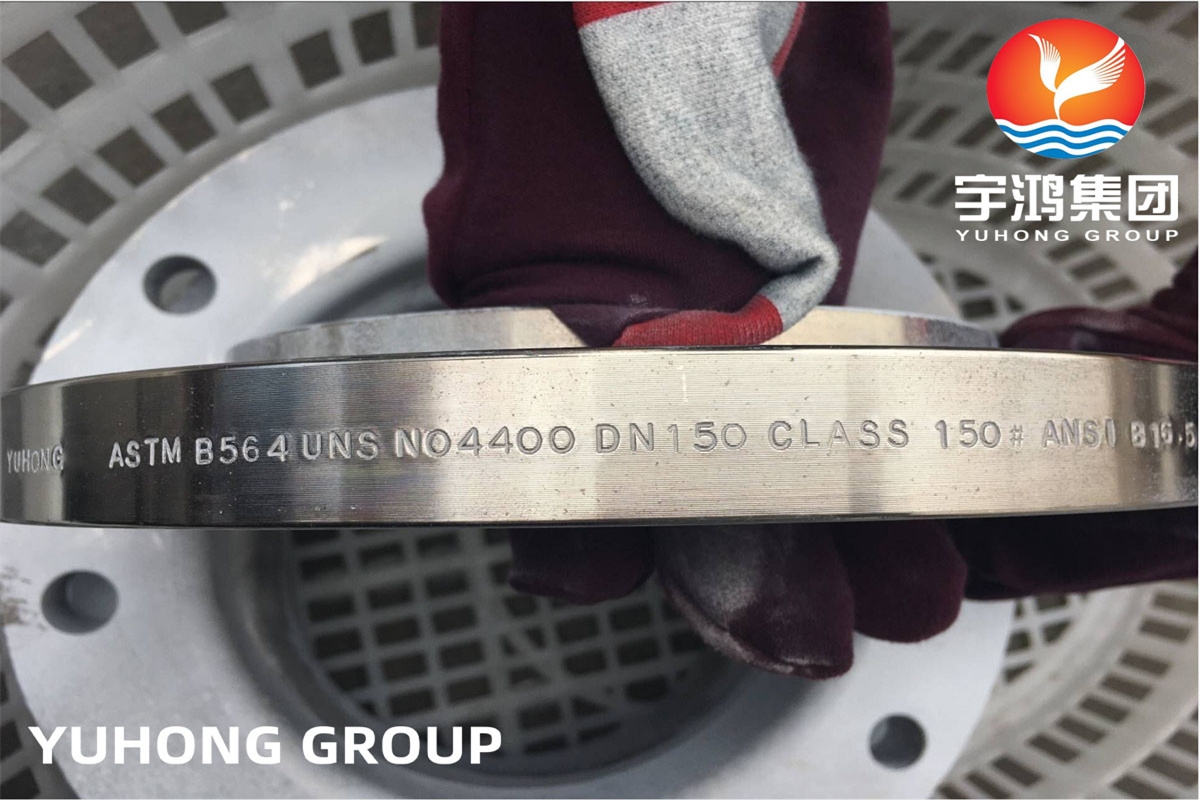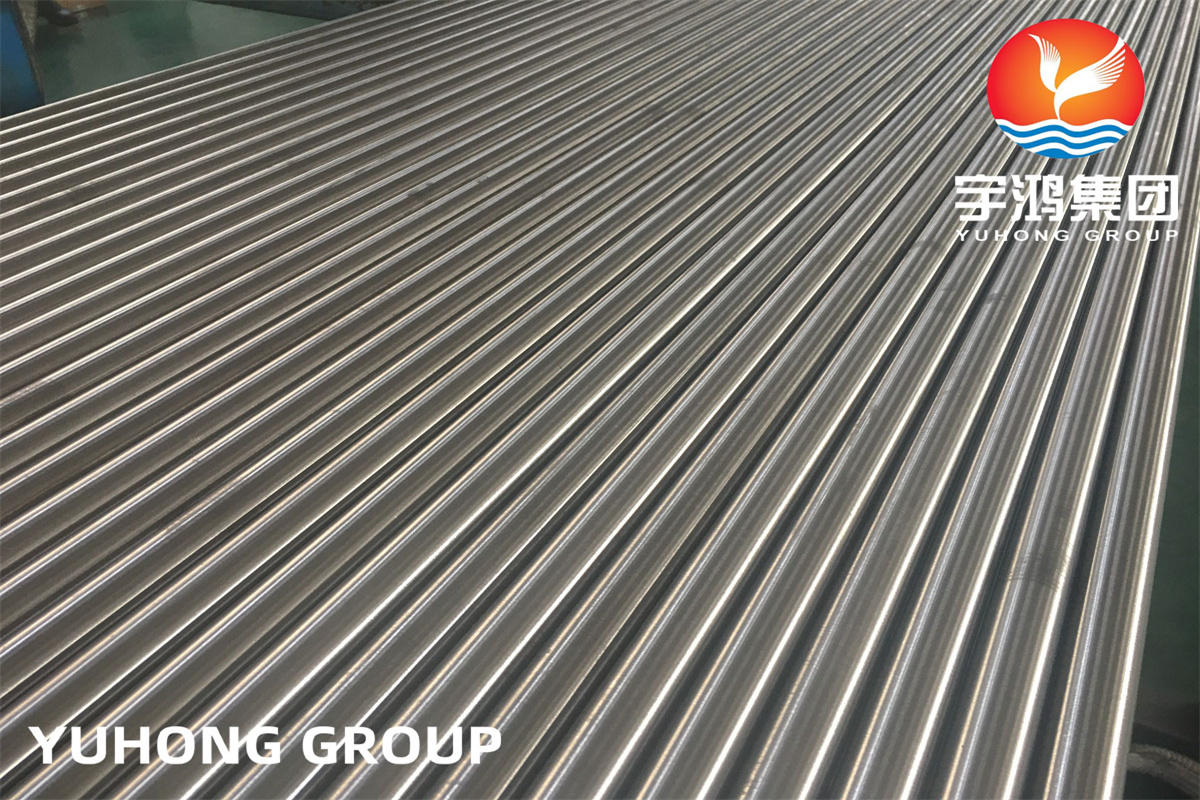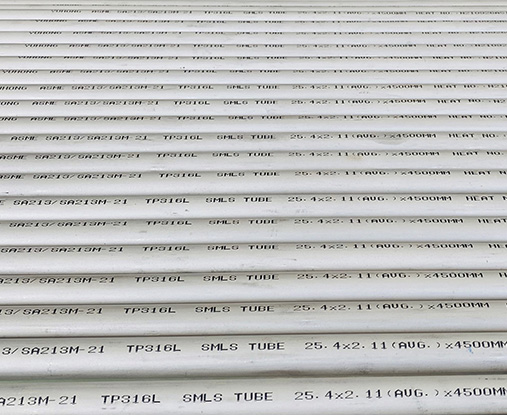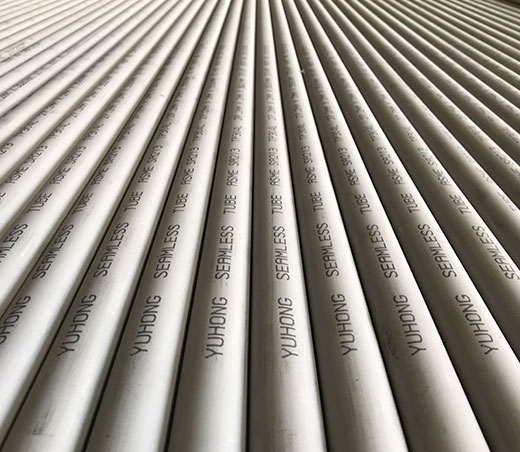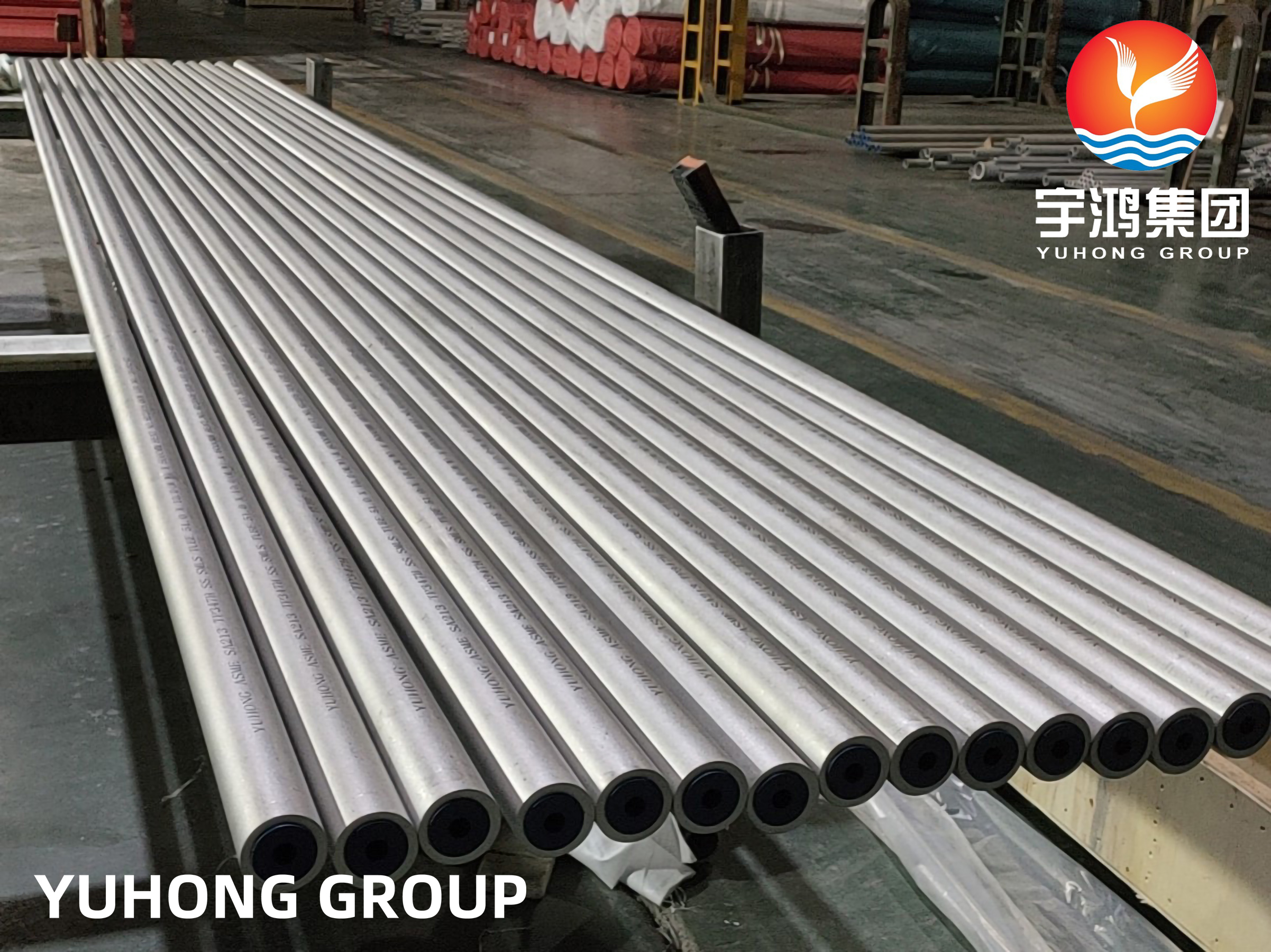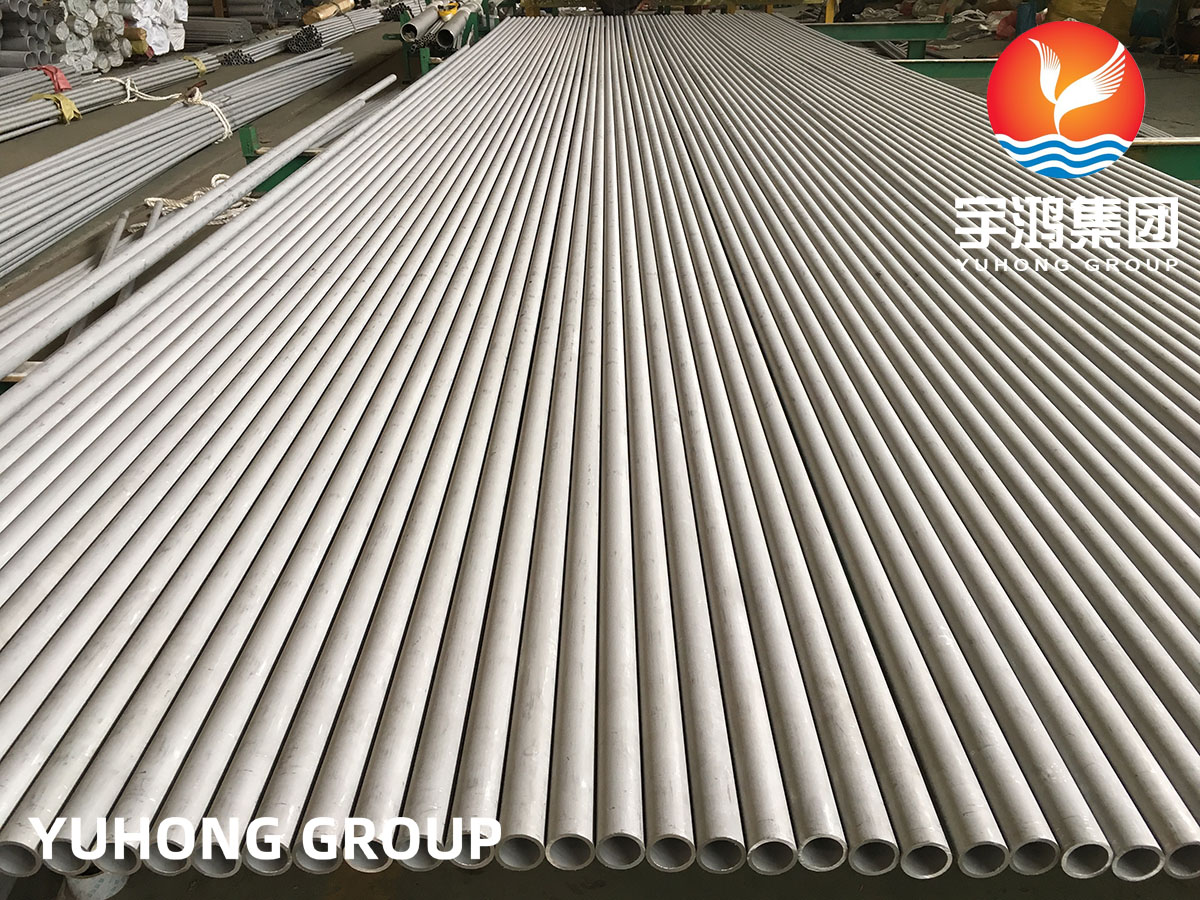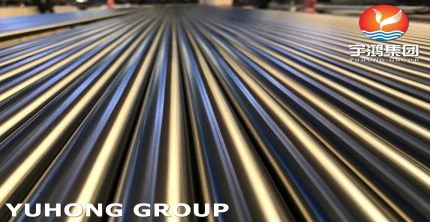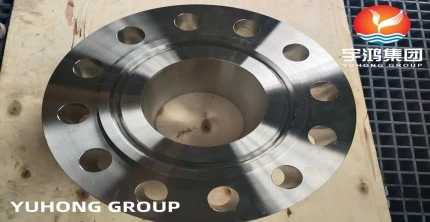Fin tubes play a vital role in numerous heat transfer applications, spanning from refrigeration systems to power plants. These specialized tubes boost heat transfer efficiency by expanding the surface area accessible for heat exchange. Throughout this blog, we'll delve into comprehending the theoretical foundations of fin tubes and then proceed to investigate their practical applications and future potentials.
What Is a Fin Tube?
A fin tube, often referred to as a finned tube, is a specialized component used in heat transfer applications to enhance the efficiency of heat exchange. It consists of a base tube with extended surfaces, called fins, attached to its outer surface. These fins significantly increase the surface area available for heat transfer, allowing for improved thermal performance compared to plain tubes. The theoretical foundation of fin tubes draws upon principles of heat conduction, convection, and fluid dynamics. Heat transfer through fin tubes occurs primarily through conduction within the solid material of the tube and fins. Fin tubes are utilized in various industries and applications, including HVAC systems, refrigeration, power generation, and chemical processing. They facilitate heat transfer between fluids or gases by promoting convective heat exchange and can be tailored to meet specific design requirements. With their ability to optimize heat transfer rates and enhance energy efficiency, fin tubes play a crucial role in modern thermal engineering.
Types of Finned Tubes
There are many types of finned tubes, and new varieties are constantly emerging. Among the plethora of options available, understanding the distinct types of finned tubes is crucial for selecting the most suitable solution for specific applications.
1. Welding Fin Tube: The welding finned tube features fins securely welded onto the base tube, forming a robust bond that enhances heat transfer efficiency. This type of fin tube finds extensive use in industries requiring high thermal conductivity and durability, such as petrochemical, power generation, and HVAC systems.
2. Extruded Fin Tube: The extruded finned tube is renowned for their seamless integration, where fins are formed through an extrusion process directly from the parent material of the tube. This method ensures a strong bond between the fin and tube, making it suitable for applications demanding optimal heat dissipation, including air-cooled heat exchangers and refrigeration systems.
3. Embedded Type Fin Tube: Embedded type fin tubes feature fins inserted into machined grooves or slots along the surface of the tube, providing excellent thermal conductivity and stability. Commonly used in heat exchangers, boilers, and condensers, embedded fin tube offers enhanced heat transfer performance and resistance to corrosion.
4. Wound Type Fin Tube: Wound finned tube is crafted by winding a fin strip around the base tube, creating a rugged yet efficient cooling surface. This type of fin tube is preferred in applications requiring compact designs and high turbulence, such as air heating systems, automotive radiators, and oil coolers.
5.String Type Fin Tube: String type fin tubes feature thin wire or string wound around the base tube, offering increased surface area for heat exchange in a compact form factor. Ideal for applications where space is limited, string fin tubes are commonly used in heat recovery systems, steam boilers, and thermal oil heaters.
6. U Type Fin Tube: The U fin tube is characterized by its distinctive U-shaped design, which maximizes surface area for superior heat transfer efficiency. This type of fin tube is widely employed in shell-and-tube heat exchangers, air heaters, and industrial dryers, where optimal thermal performance is paramount.
What Is The Role Of Fin Tubes For Heat Exchangers?
1.Enhanced Surface Area for Optimal Heat Transfer
At the core of their functionality lies the ability to dramatically increase the surface area available for heat transfer. Traditional smooth tubes offer limited surface area, but by integrating fins along their length, fin tubes expand this surface area exponentially. This expanded surface area allows for greater contact between the fluid flowing inside the tube and the external environment, whether it be air or another fluid. Consequently, heat transfer rates are significantly improved, leading to more efficient cooling or heating processes.
2.Mitigation of Fouling and Corrosion
Beyond boosting heat transfer efficiency, fin tubes also play a crucial role in mitigating fouling and corrosion within heat exchangers. The presence of fins disrupts the laminar flow of fluids, reducing the likelihood of fouling by preventing the accumulation of debris or deposits on the tube surfaces. Additionally, the fins act as a protective barrier, shielding the underlying tube material from corrosive elements present in the fluid stream. This dual function not only preserves the performance of the heat exchanger but also extends its operational lifespan, minimizing downtime and maintenance costs.
3.Versatility Across Industries and Applications
The versatility of fin tubes is another key aspect of their importance in heat exchangers. From air-cooled heat exchangers used in HVAC systems and industrial cooling towers to liquid-cooled condensers in power plants and refrigeration units, fin tubes find application in a wide array of thermal systems. Their adaptability to various operating conditions, fluid types, and environmental factors makes them indispensable in diverse industries such as petrochemical, automotive, aerospace, and food processing.
_.jpg)

 English
English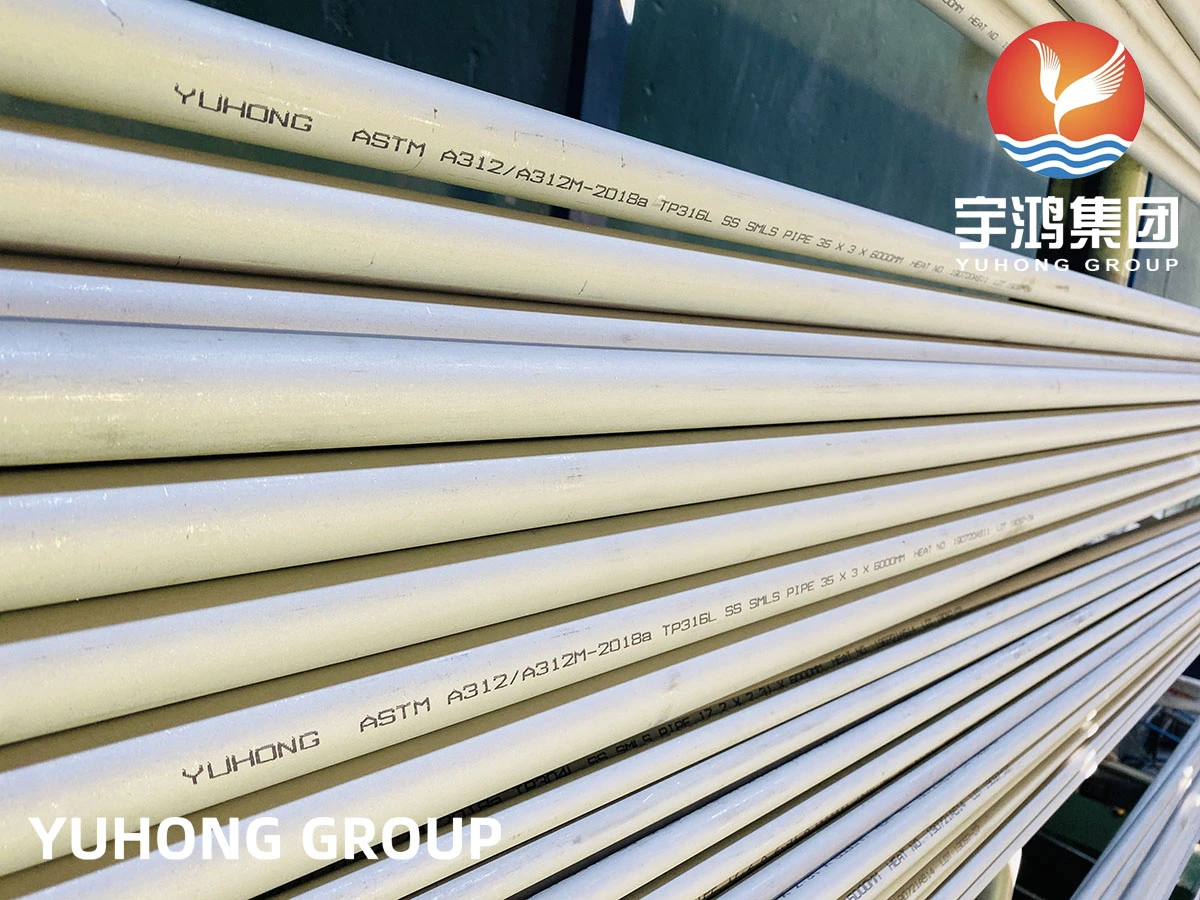
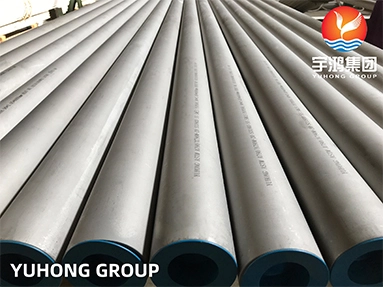
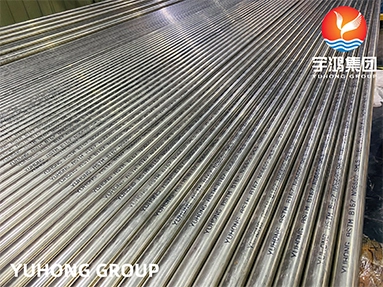
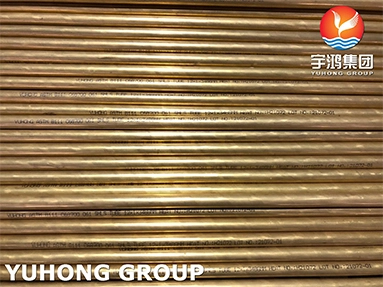
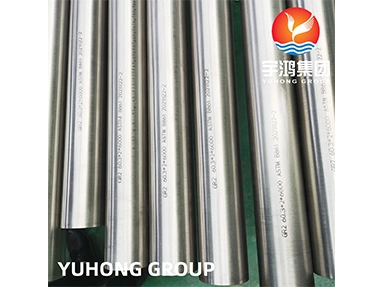
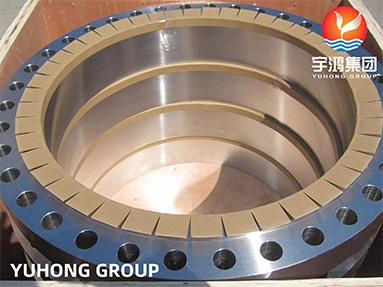
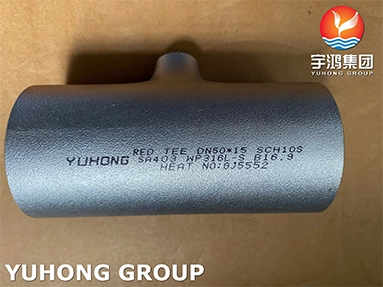
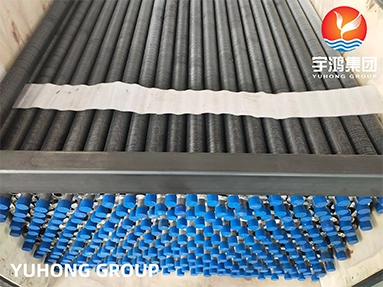
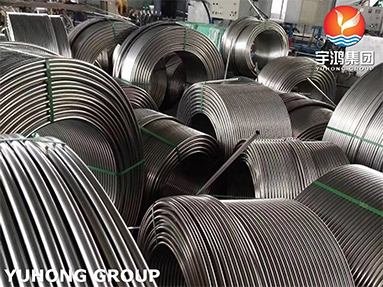


_.jpg)
